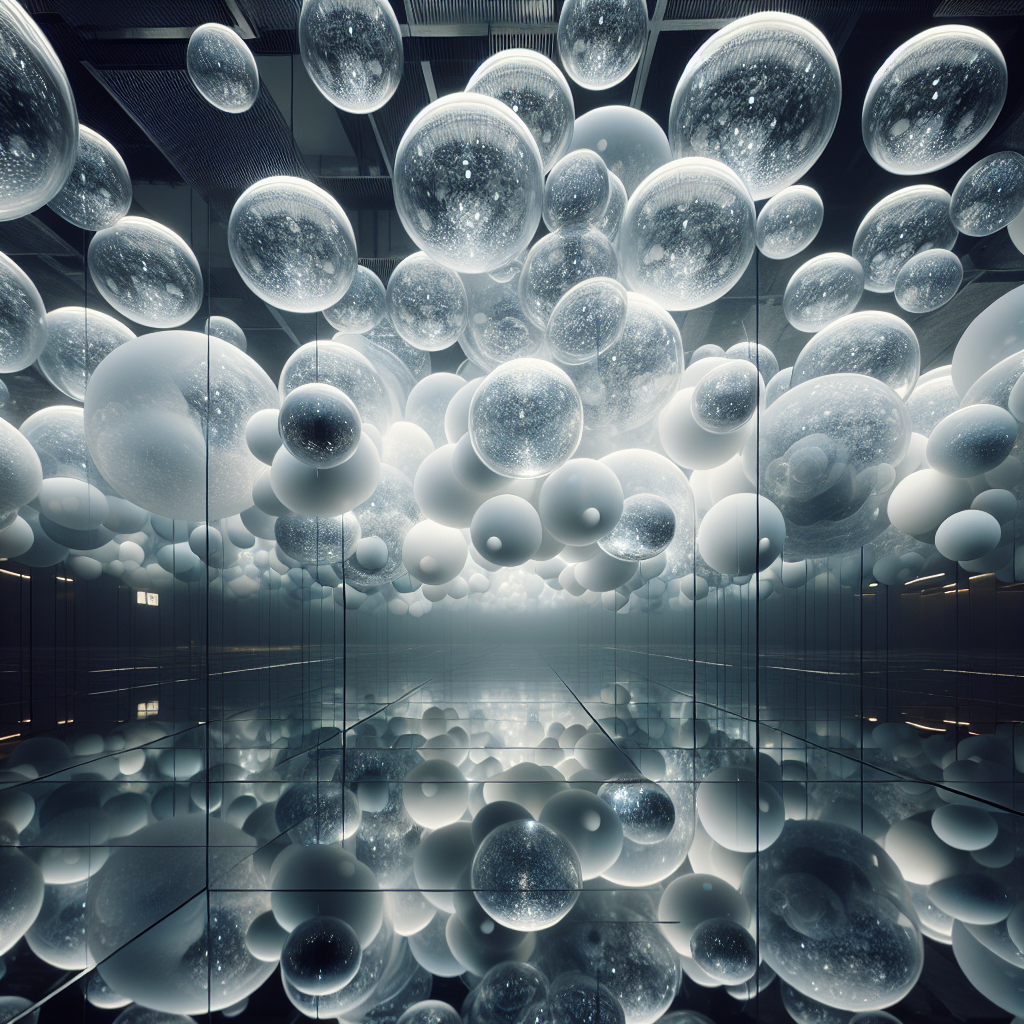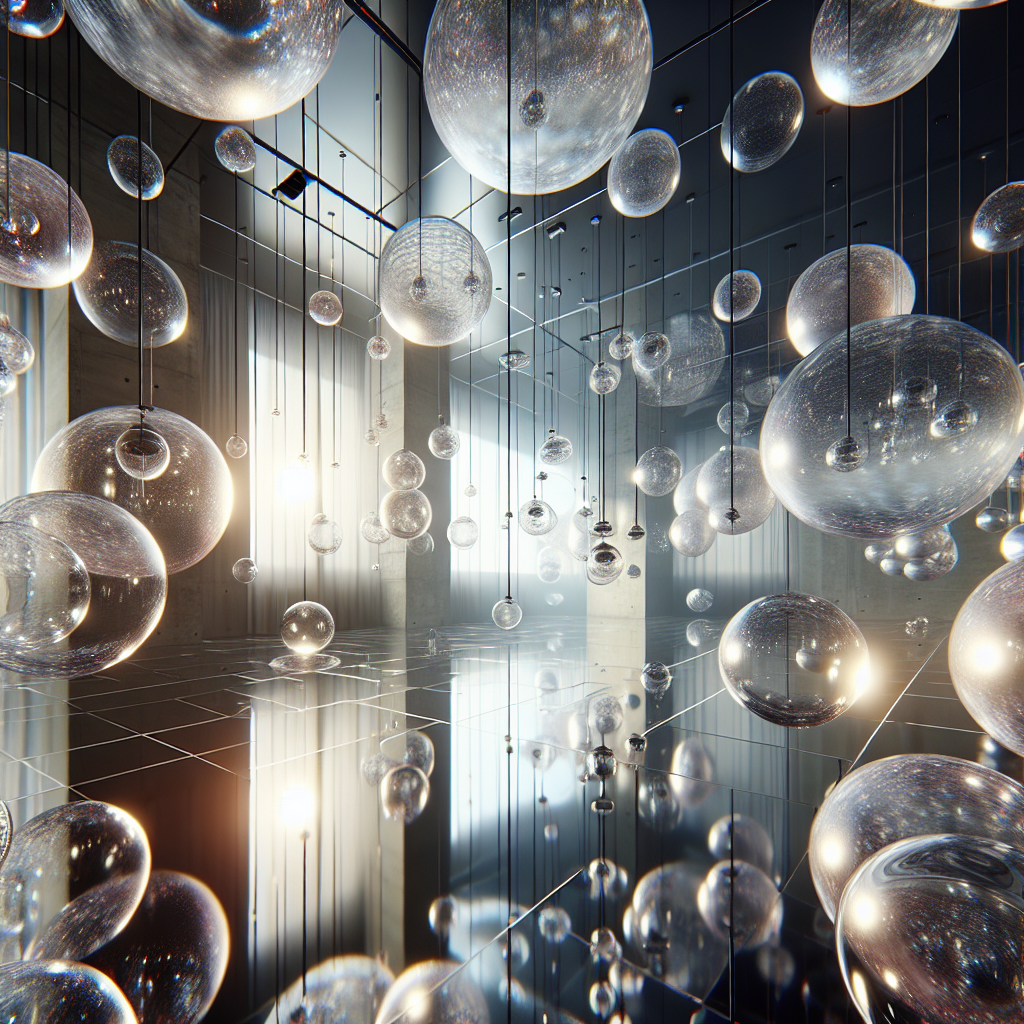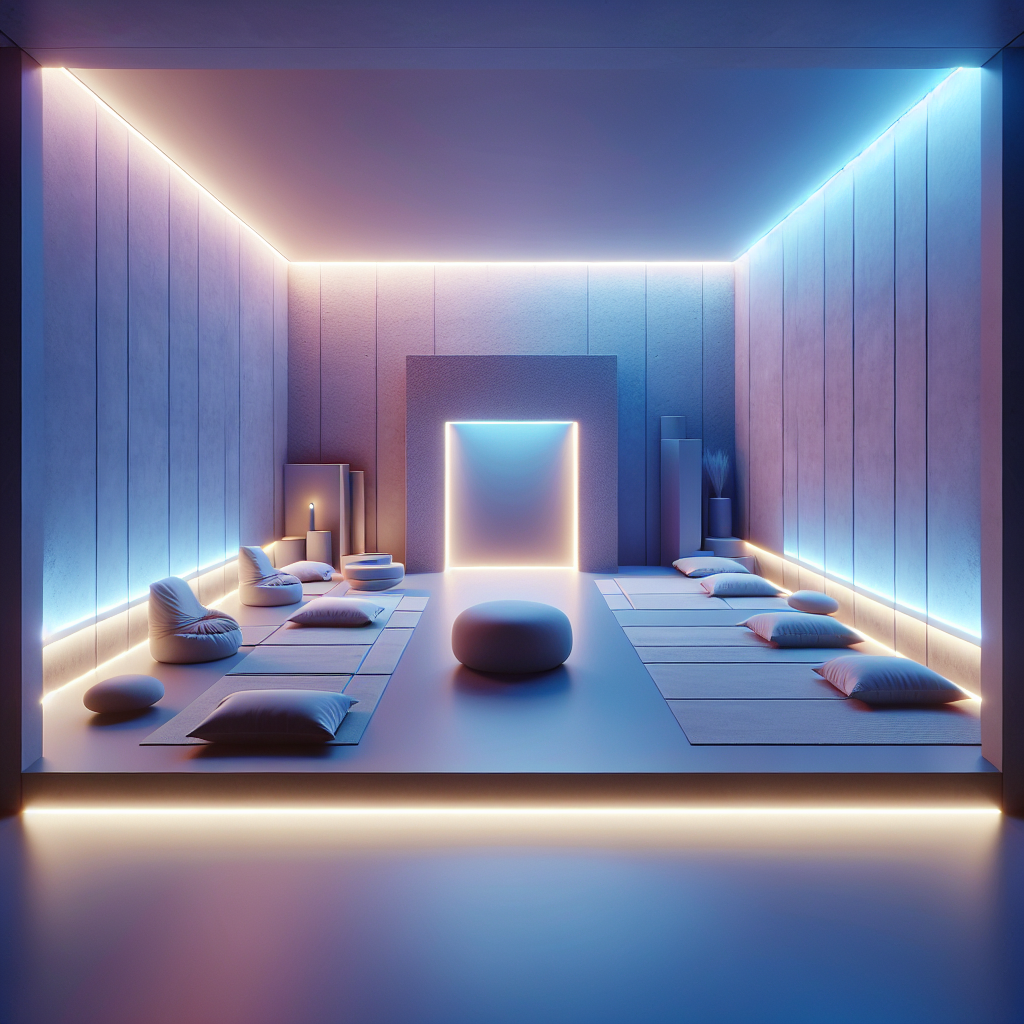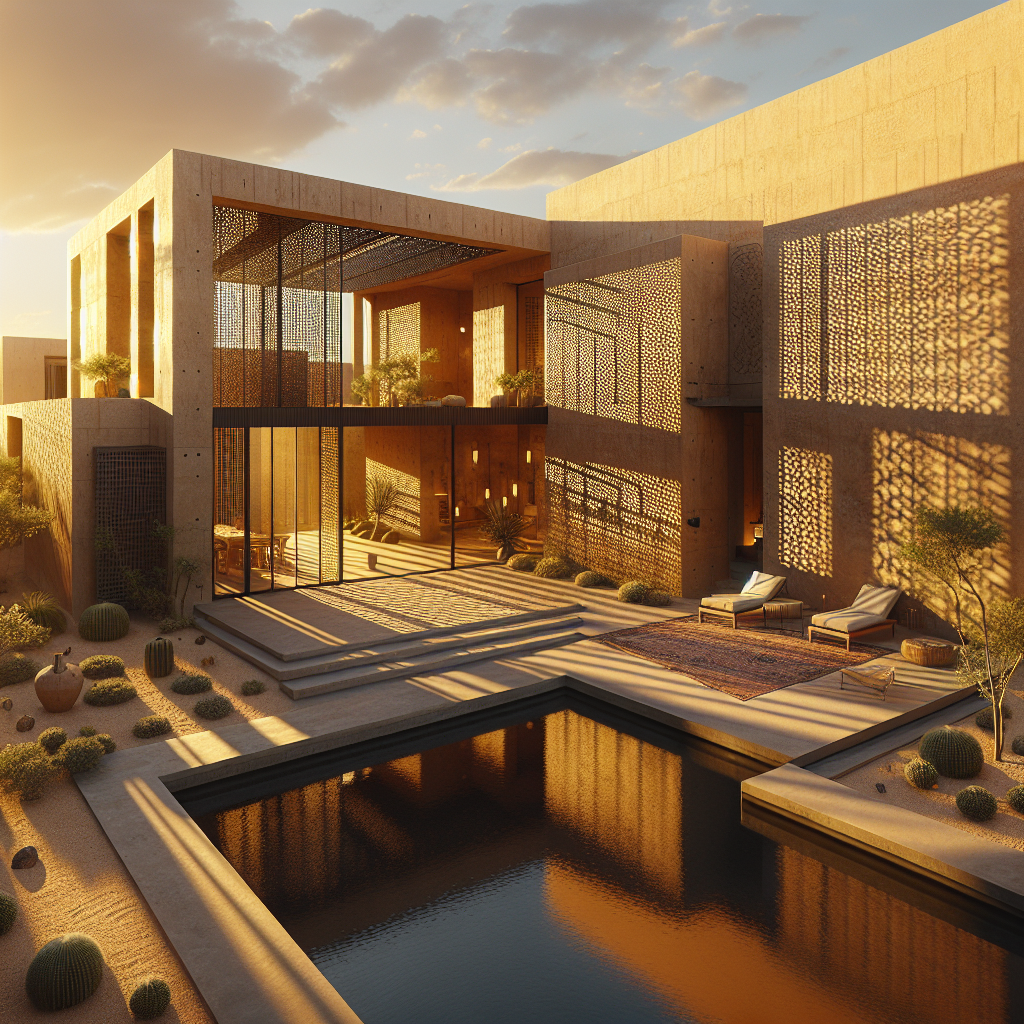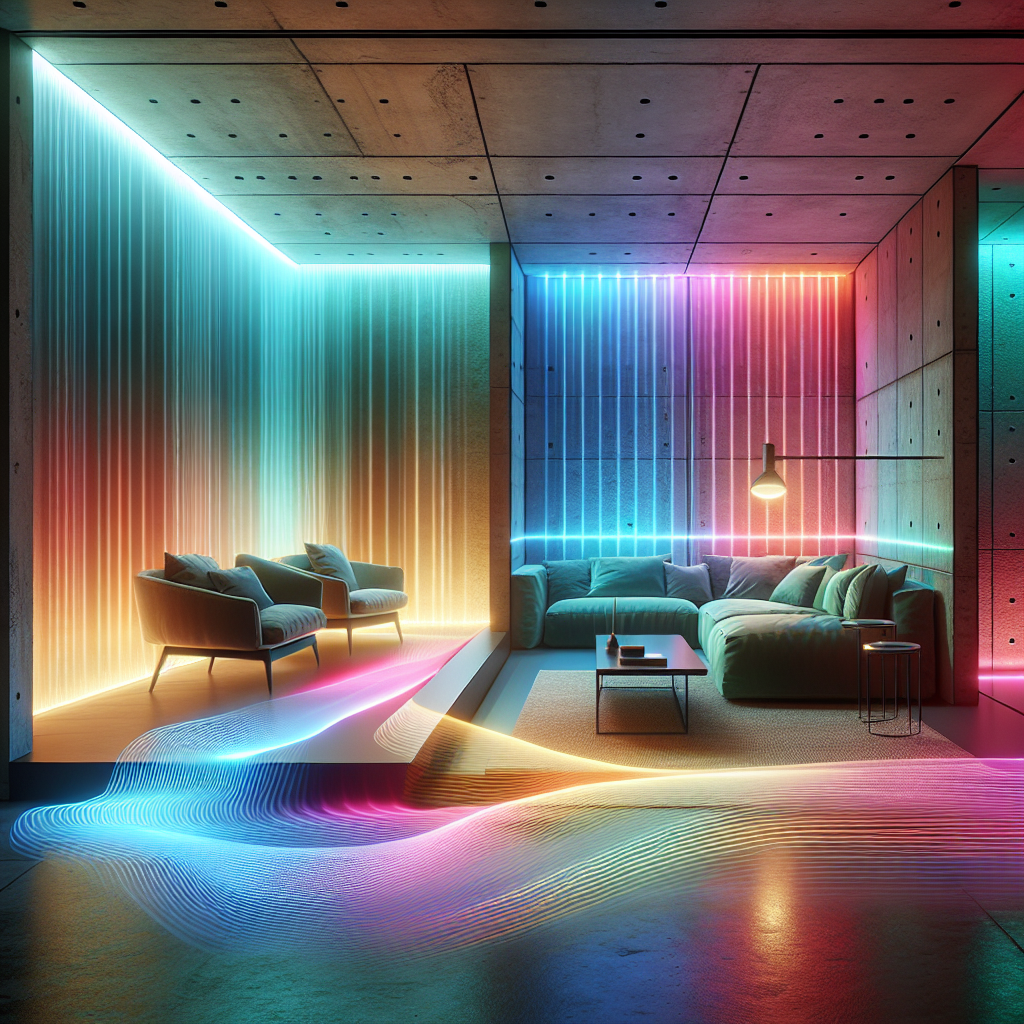Sonic bubble installations: translucent spheres producing ambient music

Sonic Bubble Installations: Translucent Spheres Producing Ambient Music
In the ever-evolving dialogue between architecture, sound, and sensory design, a new form of spatial expression has emerged—sonic bubble installations. These ethereal, translucent spheres, suspended in air or clustered across interiors, emit gentle, ambient compositions that transform architectural environments into immersive soundscapes. Neither sculpture nor instrument, they occupy a liminal space between art and architecture, between object and atmosphere. Their rise marks a profound shift in how designers are rethinking the acoustic dimension of space—not as an afterthought, but as a central, experiential element of design.
The Architecture of Sound
Sound has long been an invisible architect. From the resonant vaults of Gothic cathedrals to the carefully tuned acoustics of concert halls, the interplay between built form and sonic experience has shaped human perception of space for centuries. Yet, the 21st-century design ethos is expanding this relationship beyond performance venues into everyday environments—offices, galleries, and even public squares. Sonic bubble installations epitomize this evolution. They integrate sound art with architectural design, producing environments that breathe, hum, and respond to human presence.
Each sphere functions as a micro-acoustic chamber. Crafted from lightweight, translucent polymers or blown glass, these bubbles contain embedded micro-speakers and vibration sensors. The result is a spatial symphony—a composition that shifts with the viewer’s movement, proximity, and even body temperature. In some installations, sound frequencies are modulated by environmental data such as humidity or light intensity, creating a living, evolving sonic organism.
Designing the Sonic Sphere
At the heart of these installations lies an exquisite balance between materiality and immateriality. The spheres’ translucent surfaces refract light in soft gradients, creating a visual counterpart to their aural diffusion. Designers often employ materials like thermoplastic polyurethane (TPU) or frosted acrylic, chosen for their ability to both transmit light and contain acoustic vibrations. The resulting forms appear weightless—hovering like soap bubbles, yet engineered with precision akin to aerospace design.
In projects such as the “Resonant Cloud” by Japanese studio Takt Project, hundreds of semi-transparent globes were suspended from a mirrored ceiling, each producing subtle tones that harmonized with ambient noise. The installation blurred the line between architecture and atmosphere, inviting visitors to wander through a field of sound and light. Similar explorations have been seen in Milan’s Fuorisalone exhibitions, where experimental designers have embraced the concept of interactive installations as a means of re-engaging public space through sensory immersion.
From Visual Minimalism to Sonic Opulence
What distinguishes sonic bubble installations from traditional sound sculptures is their integration into architectural systems. Rather than being isolated artworks, they are increasingly embedded into ceilings, atria, or façades, functioning as both acoustic diffusers and aesthetic features. This dual role aligns with the broader movement toward sonic architecture—a discipline that treats sound as a structural material in its own right.
In luxury retail and hospitality design, these installations are being adopted to create calming, multisensory environments. Imagine entering a boutique where clusters of glowing spheres emit barely perceptible harmonics tuned to the store’s spatial geometry. The effect is both intimate and expansive—a form of acoustic branding that replaces background music with an architectural hum. In wellness resorts and meditation pavilions, the same principle fosters serenity, echoing the philosophy behind biophilic design by engaging the senses in subtle, restorative ways.
Technology and the Art of Immersion
The technological backbone of sonic bubble installations is remarkably sophisticated. Many employ parametric sound mapping, a technique that uses algorithms to distribute frequencies across three-dimensional space. Each bubble acts as a node in a networked system, capable of emitting distinct tones or synchronized patterns. This creates a layered auditory field where sound seems to move fluidly, enveloping occupants without a discernible source.
Some designers are integrating artificial intelligence to make these systems adaptive. By analyzing visitor behavior, AI can adjust tonal intensity, rhythm, or pitch to match the emotional atmosphere of the space. The outcome is a form of responsive design that mirrors human emotion—a building that listens as much as it speaks. Such innovations resonate with the growing trend of AI-driven architecture, where computational systems are used not only for structural optimization but also for crafting emotional resonance.
Acoustic Wellness and Emotional Design
In an era of sensory overload, the concept of acoustic wellness has gained traction. Studies in environmental psychology suggest that ambient soundscapes can significantly influence mood, focus, and physiological stress levels. Sonic bubble installations leverage this insight by creating zones of tranquility within bustling environments. The gentle oscillation of tones mimics natural rhythms—waves, wind, or distant birdsong—producing a subconscious sense of calm.
Architects are increasingly aware that sound is not merely a byproduct of space but a tool for shaping emotional experience. The installations’ ambient compositions are often tuned to frequencies that promote relaxation, aligning with research on binaural beats and the neurological effects of low-frequency resonance. In corporate interiors, this approach can enhance concentration and reduce cognitive fatigue; in healthcare environments, it can support recovery and mental well-being.
Spatial Narratives and the Future of Experiential Design
The rise of sonic bubble installations reflects a broader shift toward experiential architecture—spaces designed not just to be seen, but to be felt and heard. This aligns with the post-digital movement in design, where technology serves poetic rather than purely functional ends. As physical and digital realities continue to merge, designers are exploring how sound can become a medium for storytelling within built environments.
In museums, for instance, sonic bubbles can guide visitors through exhibits by subtly altering pitch or rhythm as they move from one section to another. In urban plazas, they can respond to wind or pedestrian flow, turning public space into a dynamic, participatory performance. The installations thus act as acoustic wayfinders, choreographing movement through sound rather than signage.
Material Poetics and Sustainability
Beyond their sensory allure, sonic bubble installations also embody a new kind of material sustainability. Many designers are experimenting with biodegradable polymers or recycled glass to reduce environmental impact. Some prototypes even use air-filled membranes made from algae-based bioplastics, merging aesthetic innovation with ecological responsibility. This approach echoes the ethos of biodegradable architecture, where form and function coexist with environmental mindfulness.
Moreover, because these installations often rely on low-energy sound emitters and LED illumination, their operational footprint is minimal. The gentle diffusion of light and sound requires far less power than traditional lighting or audio systems, aligning with the industry’s push toward net-zero design and sensory efficiency.
Conclusion: Toward a Sonic Ecology of Space
Sonic bubble installations invite us to reconsider the boundaries of architecture. They propose a world where walls hum, ceilings whisper, and light dances in tune with sound. In doing so, they redefine the very notion of spatial luxury—not as opulence of material, but as richness of perception. For architects and designers, they offer a new vocabulary for crafting spaces that engage the full spectrum of human senses.
As the design world continues to explore the intersection of technology, art, and emotion, these translucent spheres stand as quiet yet powerful symbols of what’s possible when architecture listens. They remind us that the future of design may not be louder, brighter, or faster—but more attuned, more resonant, and profoundly more human.
Keywords: sonic bubble installations, sound architecture, ambient design, acoustic wellness, experiential architecture, sensory design, translucent spheres, responsive environments
